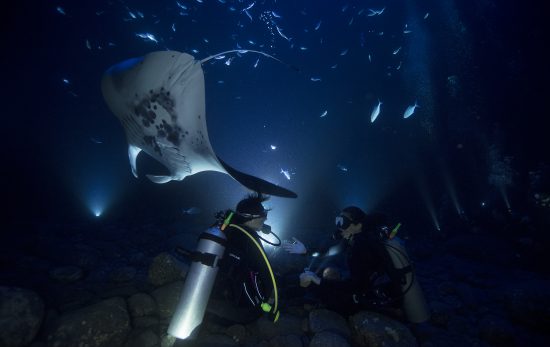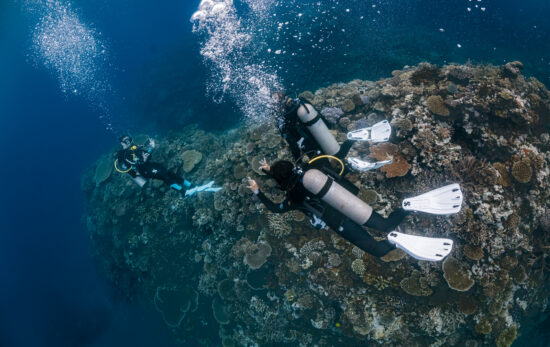Many of us are diligent about doing our part to make our planet clean. According to the Environmental Protection Agency, Americans recycle 66 million tons of material per year. But what happens to your recyclables after they hit the curb?
Thanks to single-stream collection and sorting, recycling has gotten even more accessible. Once recyclables arrive at the recycling plant, they are sorted into categories. At most facilities, magnets and electric currents help separate metals while infrared lasers sort through plastic and paper. From sorting to final production, some of these recycling processes can take less than 30 days.

In honor of saving the ocean, here’s a look at what happens when we recycle and how every little bit helps.
Cardboard: At the recycling plant, cardboard goes through a shredder and is mixed into a pulp to break down the fibers. The pulp then goes through decontamination to remove glue, tape, dyes, and debris. It is then dried and turned into recycled cardboard, paper, and bags. Note: Pizza boxes are still a no-no. The grease and cheese from the pizza cannot be cleaned off the cardboard fibers during the breakdown process.
Paper: Paper is sorted by grades such as newspaper, magazines, and regular writing paper. Similar to the cardboard recycling process, the paper is cleaned and mixed into a pulp. The pulp goes through a machine to wring out any excess water or liquid and then dried into sheets to be used to manufacture a variety of paper products.
Plastic: Plastics typically have a number associated with them, which determines their type. The recycling plant sorts through the different types of plastics and then shreds and washes the plastic to remove contaminants. The cleaned plastics are then melted in a furnace and turned into new plastic items. What’s even better: Recycling plastic only uses two-thirds of the energy needed to create plastic from raw materials.
Glass: Glass is first sorted by color before going through a crushing process that turns it into cullet, also known as waste glass. A screening process removes impurities before it is heated with silica sand, limestone, and soda ash to form “new” glass.
Aluminum: After sorting, aluminum cans are melted to remove paint and coatings. The melted aluminum is poured into sheets where it is dried and reused to make anything from new cans to bicycles and parts for machines and gear.
Looking for more ways you can help save the ocean? Complete a new (conservation-friendly) PADI Specialty Course.




